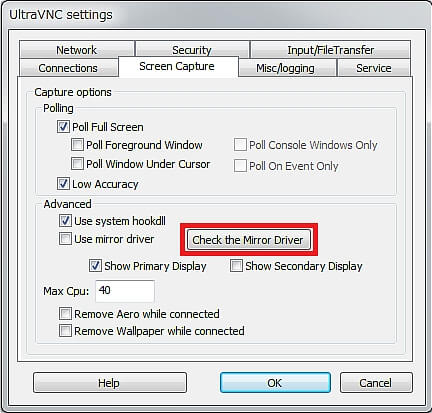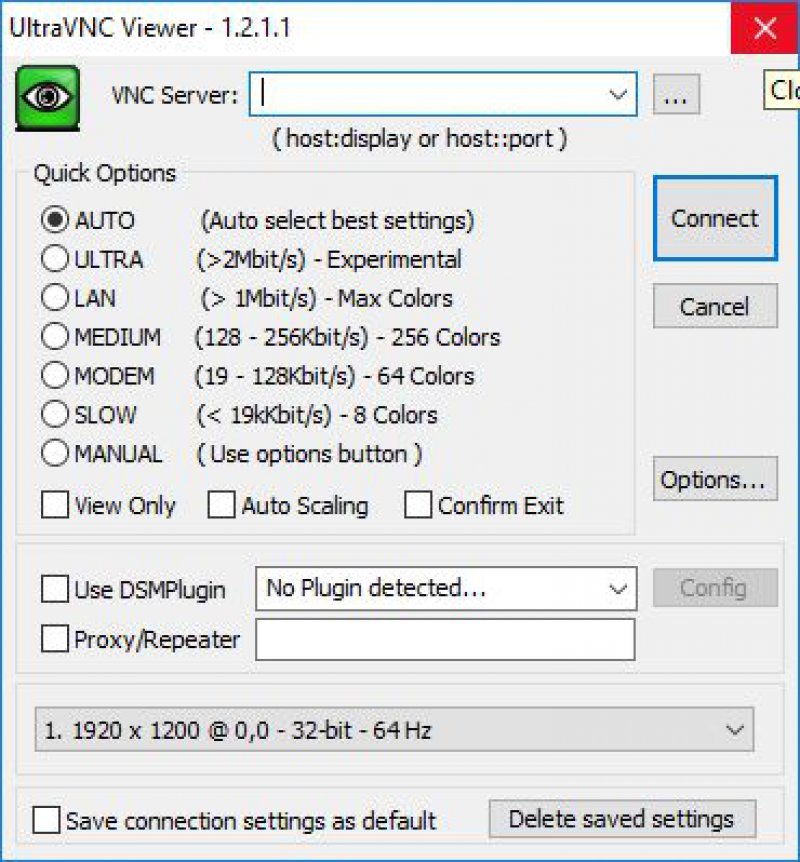
Spacing is now configurable in the Status applet.Mutter and WM preference schema settings are now only applied for Budgie session.We continue to encourage the use of theming that officially supports Budgie, such as Materia and Plata. Hide “Default”, which is typically Adwaita / GTK’s internal theme.Filter out audacious notifications so they do not clutter up Raven.Here are some quality-of-life improvements shipping in Budgie 10.5.3 As always, we encourage that Budgie be used with lightdm and an optional greeter such as slick-greeter, as opposed to being installed alongside GDM and GNOME Shell where locking the screen is very hit-and-miss. In GNOME Shell and GNOME Settings Daemon 40, there were changes introduced which impacted Budgie’s ability to use dedicated screensavers, such as gnome-screensaver (which we have been using since 2017). When compiled alongside GNOME Settings Daemon 40.x, Budgie will use the migrated font anti-aliasing and hinting options, which were moved from .xsettings to .

GNOME 40 introduced various changes in Mutter, gsettings-desktop-schemas, and gnome-shell which impacted the ability to use Budgie under a GNOME 40 stack or in conjunction with GDM (GNOME’s login manager which leverages gnome-shell).
MIRROR DRIVER VNC UBUNTU UPDATE
MIRROR DRIVER VNC UBUNTU INSTALL
That requires Java, and we don’t want to install it on any of our clients as noVNC gives a HTML5 experience): :~$ x11vnc -display :0 -autoport -localhost -nopw -bg -xkb -ncache -ncache_cr -quiet -forever We have chosen to do this only on loopback, making it more secure (We are skipping x11vnc’s in-built HTTP function. Support may vary however.): :~$ sudo apt update You can switch it for any VNC servicer you wish.

NoVNC is a lighter approach, as it has less services required (less overhead), which allows for a quick “one off connection” solution.įirst we update, then install the necessary packages (we have chosen x11vnc as our VNC solution. This guide covers noVNC, but we also have another guide for Apache Guacamole. Another approach would be to interact with Kali in a browser, rather than having to install necessary VNC clients. Alternatively, you may have setup VNC which will allow for remote graphical access (please make sure to do this securely by having VNC listen on loopback and port forward via SSH). There are various ways you can interact with Kali, such as sitting down and being direct at the console (more often than not, for a graphic experience), alternatively using Kali remotely via SSH (which gives you command line access).


 0 kommentar(er)
0 kommentar(er)
